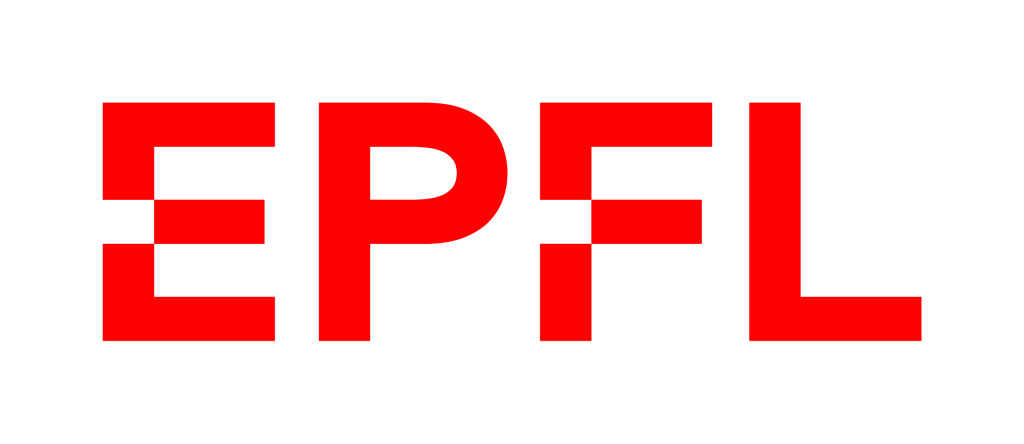Meet the Researcher: Kiarash Tajbakhsh
Interview Partner

Education
Country of Origin
Institution
Please describe your PHRT project
Kiarash: I am currently involved in a research project focused on advancing the diagnosis and prognosis of Follicular Thyroid Carcinoma (FTC) using state-of-the-art X-ray 3D virtual histology. Our primary objective is to generate highly detailed three-dimensional reconstructions of thyroid tissues, enabling more precise and insightful assessments of FTC, a specific thyroid cancer subtype. Our research encompasses optimizing the acquisition of high-quality X-ray images of FTCs and extracting relevant morphological data from these images. Additionally, we are exploring radiomics of thyroid neoplasms microarrays to establish potential correlations between radiomics features of thyroid tumors and their underlying genetic mutations.
What are the biggest challenges of your project?
Kiarash: One of the most significant challenges of our project is the dynamic nature of working within a truly interdisciplinary group. Our team comprises physicists, pathologists, computational biologists, and computer scientists, each contributing unique insights and expertise. While this approach offers diverse perspectives and skill sets, it also requires effective communication, coordination, and the harmonization of different methodologies and objectives. Navigating these complexities while harnessing the collective strengths of the team is both a stimulating challenge and a rewarding opportunity for innovative problem solving.
What are you most proud of regarding the PHRT project?
Kiarash: I take pride in our PHRT project because of its direct and profound impact on people’s well-being. The knowledge and innovations we are developing here are poised to reshape the future of healthcare. We are not only advancing the boundaries of medical research and technology but also making a tangible difference in patients’ lives. Knowing that our work may lead to more effective treatments, improved diagnostics, and ultimately better healthcare outcomes fills me with a deep sense of accomplishment and purpose.
What do you like the most about working in an ETH Domain research group?
Kiarash: What I appreciate most about being part of an ETH Domain research group is the opportunity to work alongside ambitious and motivated individuals. It is invigorating to be surrounded by colleagues who share a passion for pushing the boundaries of knowledge and innovation. This dynamic environment fosters creative thinking, collaboration, and a shared commitment to making meaningful contributions to our respective fields. The collective drive and enthusiasm of the people within the group make every day at work exciting and inspiring.
What do you dream to achieve in research one day?
Kiarash: My dream is to initiate the field of radiomics for thyroid neoplasms, where we can achieve comprehensive diagnosis and prognosis based on X-ray images of thyroid neoplasms. Currently, such a comprehensive diagnosis is prohibitively expensive and relies on a combination of multiomics approaches and histology. By pioneering radiomics for thyroid neoplasms, my goal is to make these vital diagnostic and prognostic insights more accessible and cost-effective, ultimately improving patient care and treatment outcomes.



